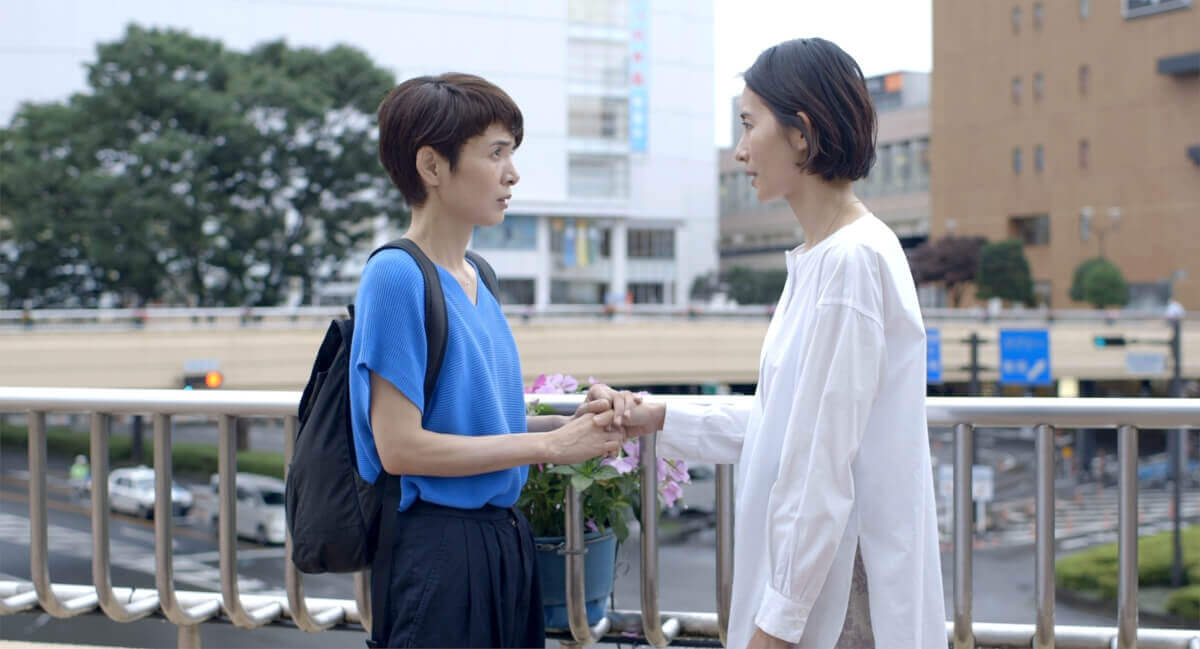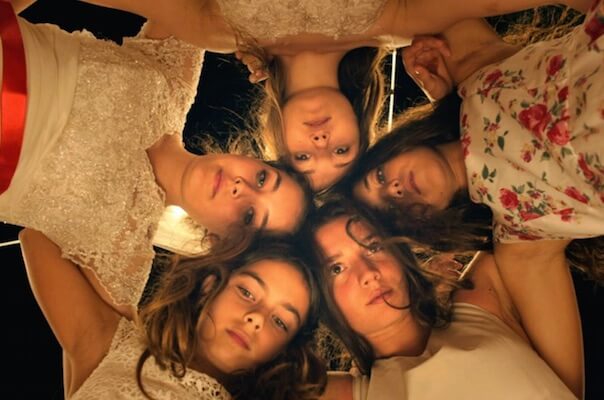Below is a curated list of the best films of the year — and some runners-up — as well as top shorts and films without distribution in 2021.
“The Disciple” (Chaitanya Tamhane)
The loneliness of making uncommercial art — in this case, a tradition of North Indian vocals the title character has devoted his life to learning and promoting, despite his lack of talent — over decades has rarely been so effectively conveyed.
“Drive My Car” and “Wheel of Fortune and Fantasy” (Ryusuke Hamaguchi)
More than any other director, Japanese director Ryusuke Hamaguchi’s international profile leveled up this year. “Wheel of Fortune and Fantasy” is a collection of three shorts, the last one depicting a lesbian who thinks she’s run into her high school sweetheart. “Drive My Car” spends three hours exploring the life of an actor, weaving portions of Chekhov’s “Uncle Vanya” into the story as commentary and punctuation.
“The Empty Man” (David Prior)
Made in 2018 by 20th-Century Fox, dumped into a few theaters last year by Disney after their merger with Fox, and dropped on VOD last January, “The Empty Man” gives off the feeling that director David Prior got away with something: a slow, thoughtful horror movie that doesn’t signal its intelligence by shouting about its Important Themes. A protégé of David Fincher, Prior makes something new out of an overwhelming mood of exhaustion.
“Her Socialist Smile” (John Gianvito)
Just as teenagers on TikTok indulge the bizarre fad of claiming Helen Keller’s achievements were faked, Gianvito’s radical documentary introduces us to a woman whose life went beyond “The Miracle Worker.” Using onscreen text and images of nature, “Her Socialist Smile” expresses Keller’s leftist politics and activism, without claiming direct access to her subjectivity.
“Labyrinth of Cinema” (Nobuhiko Obayashi)
The second film made by this great Japanese director after his 2017 diagnosis of terminal lung cancer, “Labyrinth of Cinema” returns to the interwoven subjects of Japanese life during World War II and the history of cinema. Sprawling in every imaginable direction for three hours, it shows Obayashi arguing fiercely against war with no f**ks given. His trilogy of 2010s war films, which streamed through the Japan Society for a month, are equally essential.
“The Power of the Dog” (Jane Campion)
The Western has been critiqued and re-imagined over and over again. Jane Campion turns it into an arena for the examination of dangerous desires that she’s laid out in several films about women. “The Power of the Dog” flips it around into a reflection on closeted gayness turning into a destructive hypermasculinity, with an ending that suggests several visions of queerness fighting it out.
“Siberia” and “Zeros and Ones” (Abel Ferrara)
Following his amazing run in the ‘90s, Abel Ferrara entered the second great period of his oeuvre with 2014’s “Welcome to New York” and “Pasolini.” “Siberia” follows a man on an intense, beautifully filmed trek through his unconscious (or the afterlife, or some space that can’t easily be pinned down), while “Zeros and Ones” takes the basic story and character notions from an episode of “24” or Tom Clancy novel but strips away the ideological and narrative coherence. Both are the films of a free man.
“This Is Not a Burial, It’s a Resurrection” (Lemohang Jeremiah Mosese)
The emergence of Lesotho-born director Mosese has been one of the most exciting events in recent film culture. “This Is Not a Burial, It’s a Resurrection” contains a great performance by Mary Twala, who died soon after filmmaking, as a woman representing the spirit of her village, forced to move off its land to make way for a dam. While the story is similar to Elia Kazan’s “Wild River,” Mosese’s approach, which puts color and music first, is utterly singular.
“Woodlands Dark and Days Bewitched: A History of Folk Horror” (Kier-la Janisse)
“Woodlands Dark and Days Bewitched” could have turned into another over-extended Blu-Ray supplement — it was made as part of Severin’s 20-film folk-horror box set — but Kier-la Janisse casts a clear eye over her material without departing from the talking heads interviews and film clips format. The documentary is very carefully edited and structured, making subtle links between films made around the world (like linking the “Indian burial ground” trope in American cinema to the treatment of the Holocaust in the Polish film “Demon.”)
Runners-up:
“Azor” (Andreas Fontana), “Bo Burnham: Inside” (Bo Burnham), “France” (Bruno Dumont), “Pig” (Michael Sarnoski), “Procession” (Robert Greene), “Red Post on Escher Street” (Sion Sono), “Test Pattern” (Shatara Michele Ford), “The Viewing Booth” (Ra’anan Alexandrowicz), “Wojnarowicz” (Chris McKim)
Films without distribution:
“Love Affair(s)” (Emmanuel Mouret), “Mia Misses Her Revenge (Bogdan Olteanu),” “Nature” (Artvazd Pelechian), “Neptune Frost” (Saul Williams and Anisia Uzeyman), “Night Shot” (Carolina Moscoso), “Pebbles” (Vinothraj P.S.)
Shorts:
“The Capacity for Adequate Anger” (Veka Kirchenbauer), “earthearthearth” (Daichi Iaito), “Follow Me Around” (Radiohead music video, directed by the band), “I’ve Been Afraid” (Cecilia Condit), “May June July” (Kevin Jerome Everson), “Poilean” (Claudio Caldini)



































